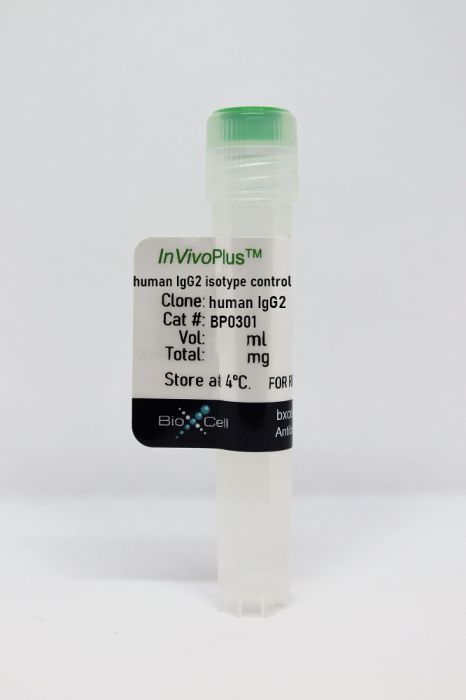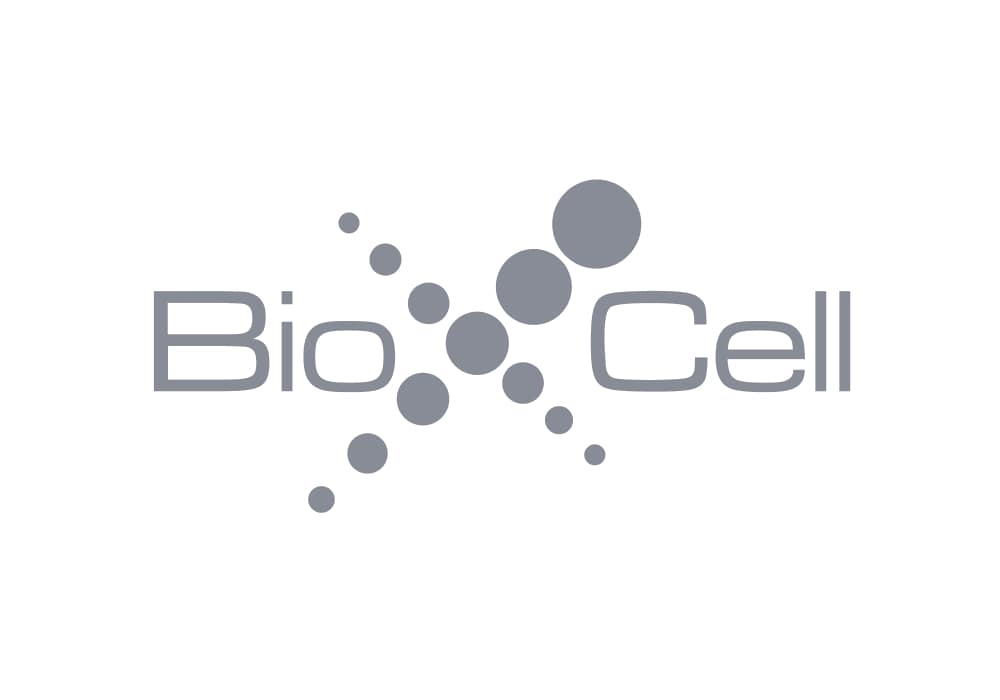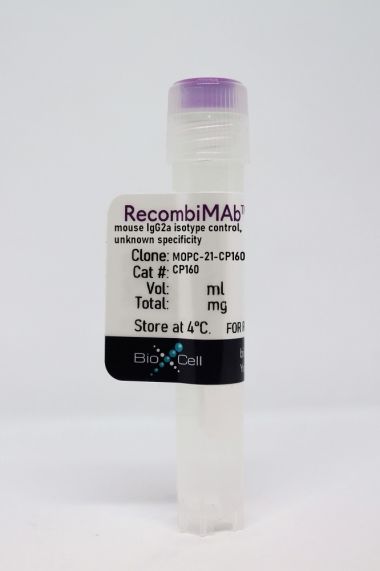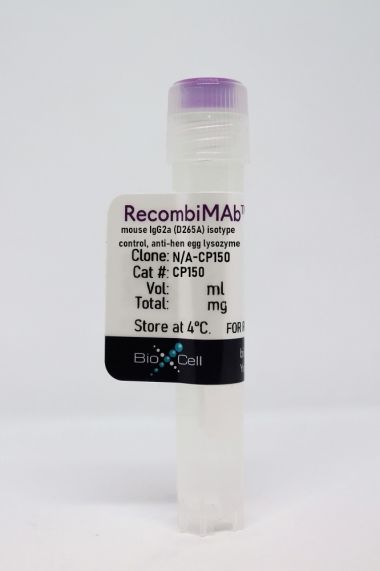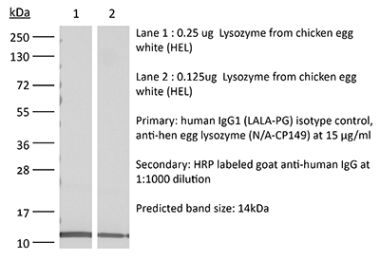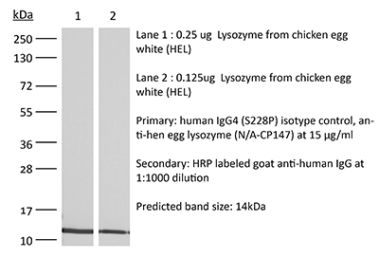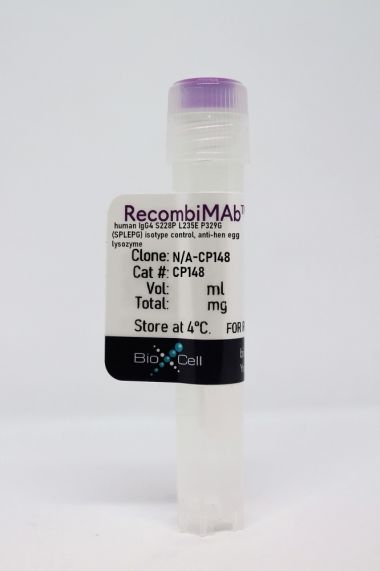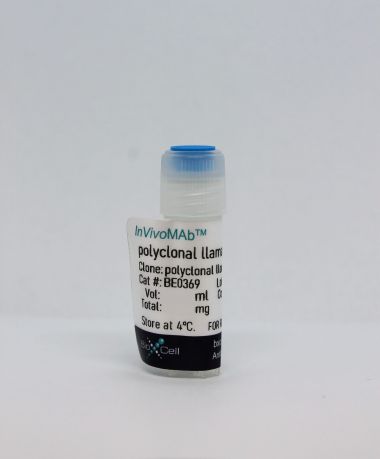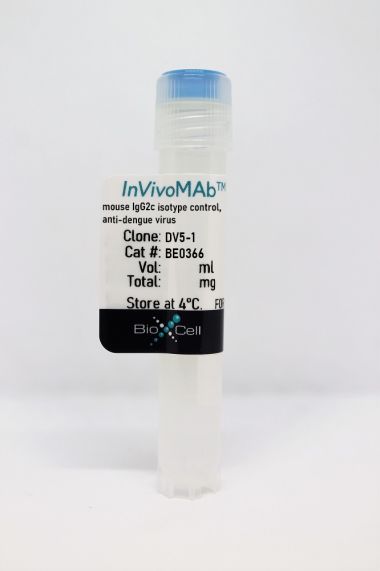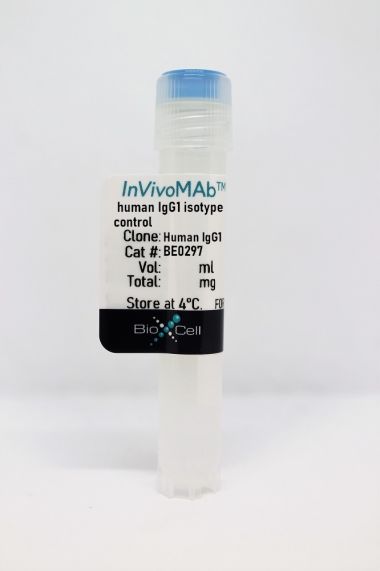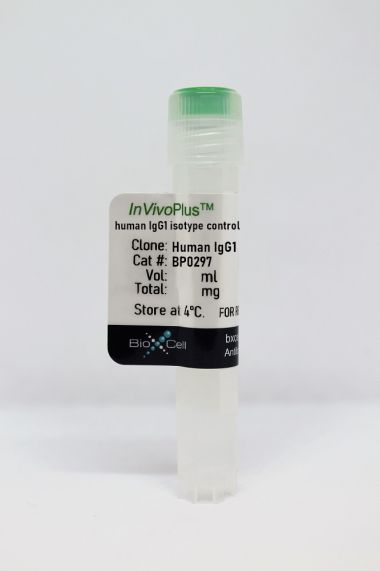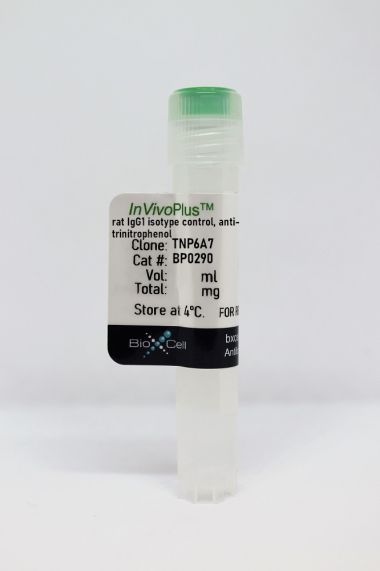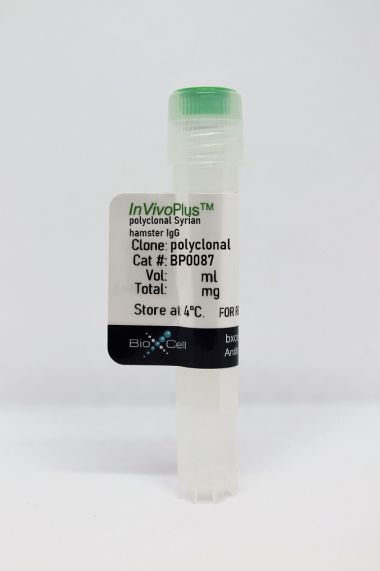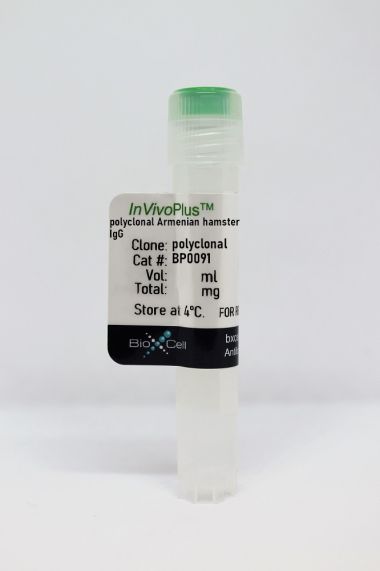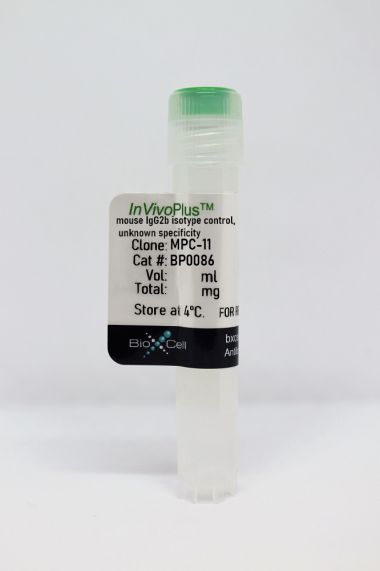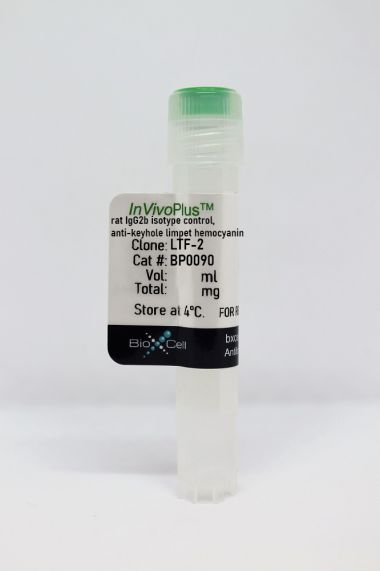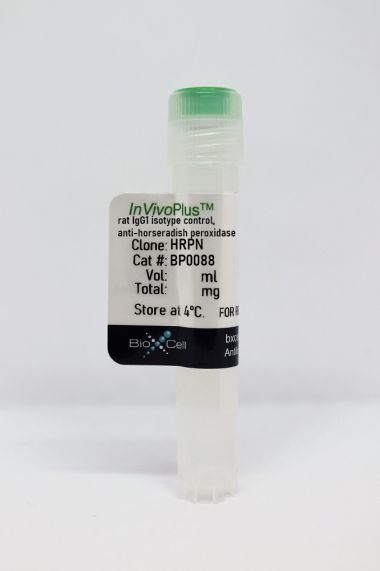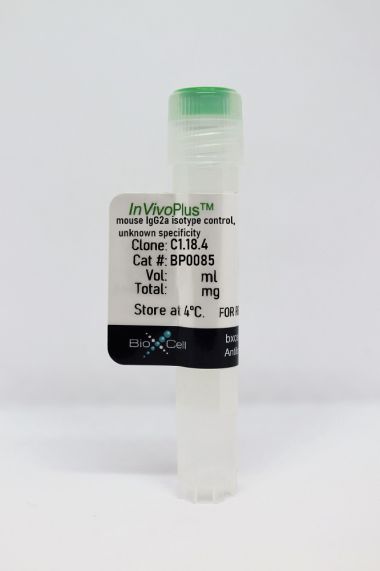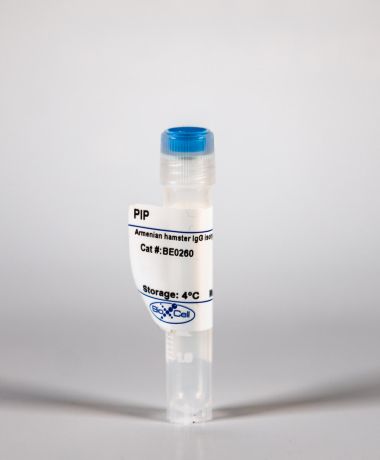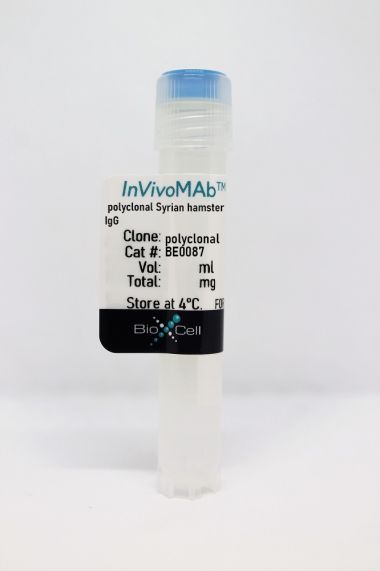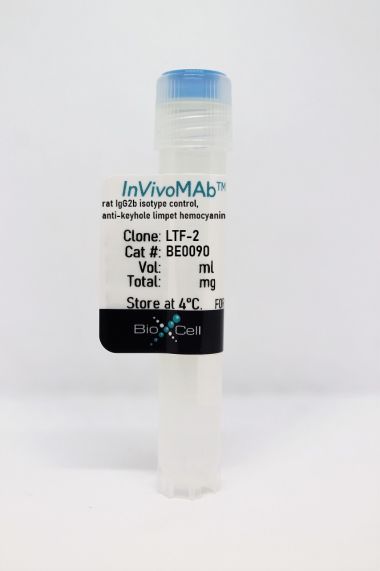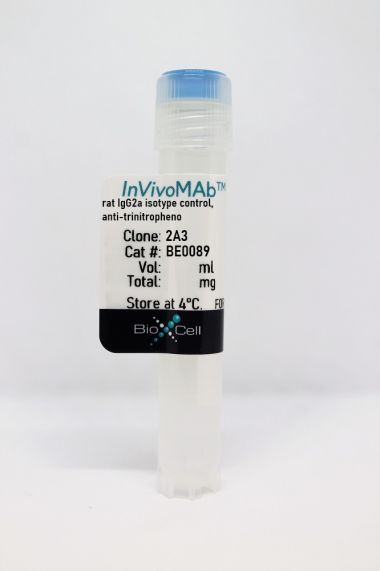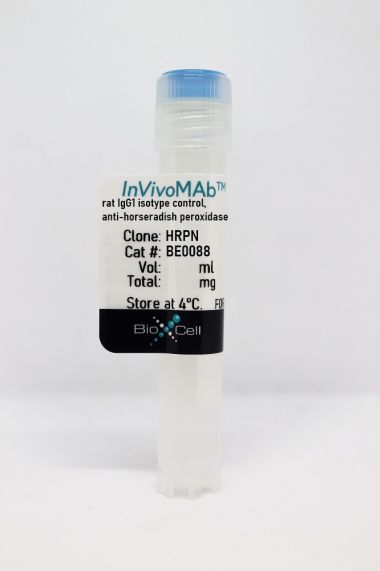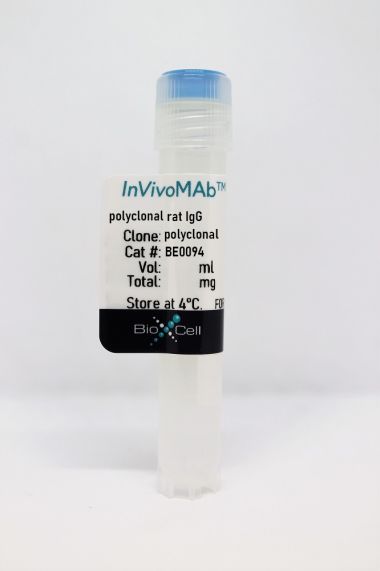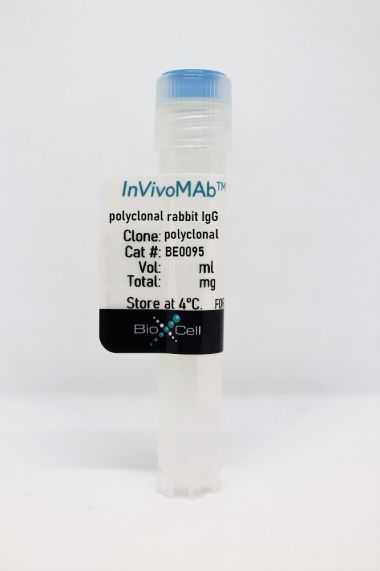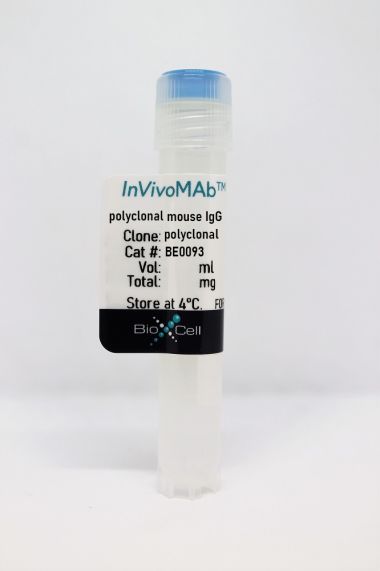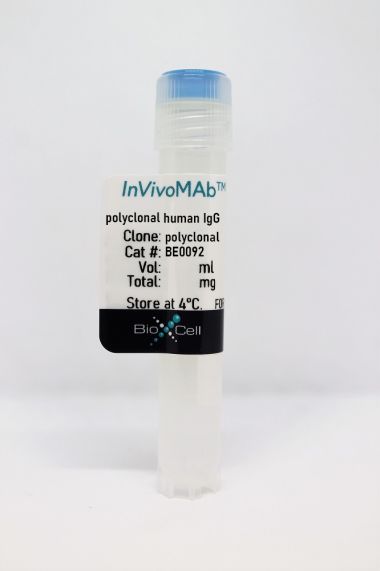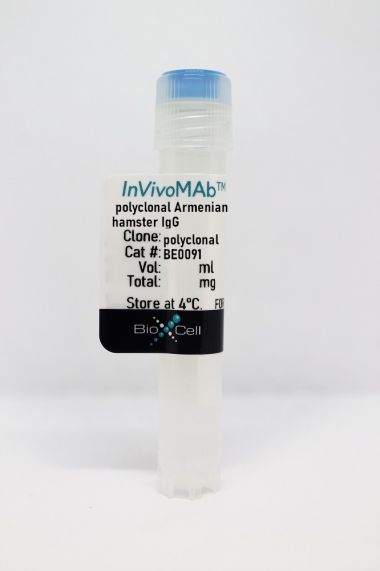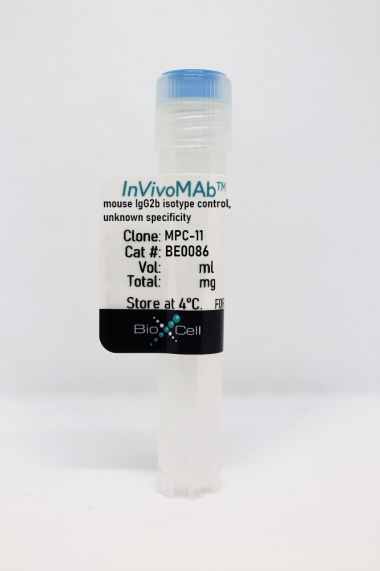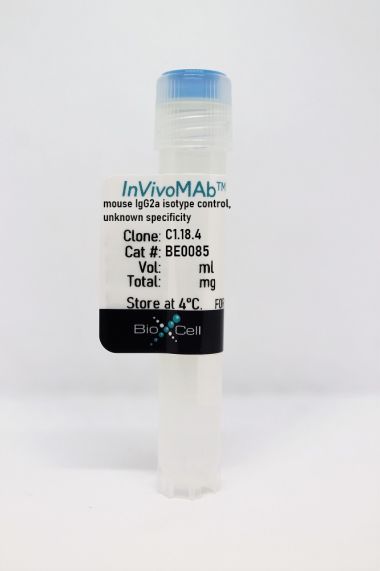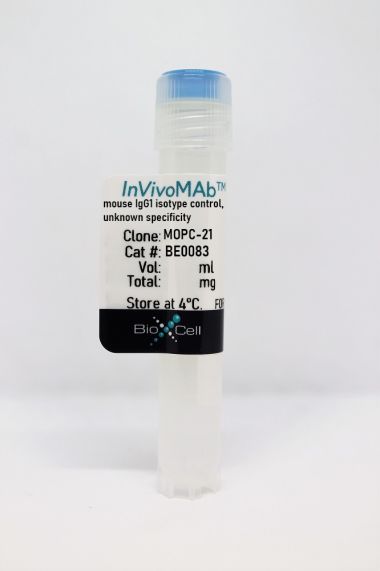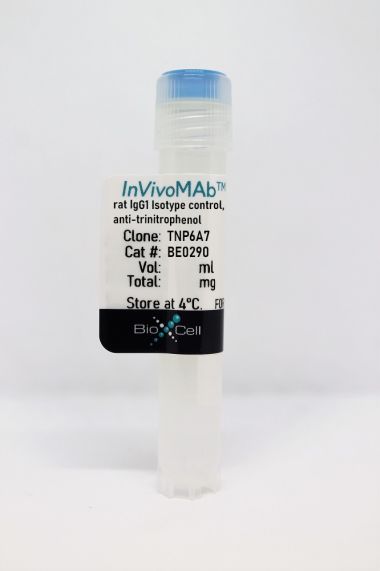InVivoPlus human IgG2 isotype control
Product Details
The human IgG2 isotype control antibody is purified from human myeloma serum and is of unknown specificity. This antibody is suitable for use as a non-targeting isotype control in various in vitro and in vivo studies. It can also be used as a negative control in various diagnostic applications such as ELISA, Western blot, immunofluorescence, immunohistochemistry, immunoprecipitation, and flow cytometry. For research use only.Specifications
| Isotype | Human IgG2, λ |
|---|---|
| Recommended Dilution Buffer | InVivoPure pH 7.0 Dilution Buffer |
| Conjugation | This product is unconjugated. Conjugation is available via our Antibody Conjugation Services. |
| Formulation |
PBS, pH 7.0 Contains no stabilizers or preservatives |
| Aggregation* |
<5% Determined by DLS |
| Purity |
>95% Determined by SDS-PAGE |
| Sterility | 0.2 µm filtration |
| Purification | Protein A |
| RRID | AB_2715459 |
| Molecular Weight | 150 kDa |
| Murine Pathogen Tests* |
Ectromelia/Mousepox Virus: Negative Hantavirus: Negative K Virus: Negative Lactate Dehydrogenase-Elevating Virus: Negative Lymphocytic Choriomeningitis virus: Negative Mouse Adenovirus: Negative Mouse Cytomegalovirus: Negative Mouse Hepatitis Virus: Negative Mouse Minute Virus: Negative Mouse Norovirus: Negative Mouse Parvovirus: Negative Mouse Rotavirus: Negative Mycoplasma Pulmonis: Negative Pneumonia Virus of Mice: Negative Polyoma Virus: Negative Reovirus Screen: Negative Sendai Virus: Negative Theiler’s Murine Encephalomyelitis: Negative |
| Human Pathogen Test Results |
Hepatitis B Surface Antigen: Negative Human Immunodeficiency Virus 1 antibodies: Negative Human Immunodeficiency Virus 2 antibodies: Negative Hepatitis C Virus antibodies: Negative * These tests cannot guarantee the absence of infective agents |
| Storage | The antibody solution should be stored at the stock concentration at 4°C. Do not freeze. |
Additional Formats
Recommended Products
- Biochemistry and Molecular biology,
- Cardiovascular biology
PCSK9 acts as a key regulator of Aβ clearance across the blood-brain barrier.
In Cellular and Molecular Life Sciences : CMLS on 27 March 2022 by Mazura, A. D., Ohler, A., et al.
PubMed
Despite the neurodegenerative disorder Alzheimer's disease (AD) is the most common form of dementia in late adult life, there is currently no therapy available to prevent the onset or slow down the progression of AD. The progressive cognitive decline in AD correlates with a successive accumulation of cerebral amyloid-β (Aβ) due to impaired clearance mechanisms. A significant percentage is removed by low-density lipoprotein receptor-related protein 1 (LRP1)-mediated transport across the blood-brain barrier (BBB) into the periphery. Circulating proprotein convertase subtilisin/kexin type 9 (PCSK9) binds to members of the low-density lipoprotein receptor protein family at the cell surface and targets them for lysosomal degradation, which reduces the number of functional receptors. However, the adverse impact of PCSK9 on LRP1-mediated brain Aβ clearance remains elusive. By using an established BBB model, we identified reduced LRP1-mediated brain-to-blood Aβ clearance due to PCSK9 across different endothelial monolayer in vitro. Consequently, the repetitive application of FDA-approved monoclonal anti-PCSK9 antibodies into 5xFAD mice decreased the cerebral Aβ burden across variants and aggregation state, which was not reproducible in brain endothelial-specific LRP1-/- 5xFAD mice. The peripheral PCSK9 inhibition reduced Aβ pathology in prefrontal cortex and hippocampus-brain areas critically involved in memory processing-and prevented disease-related impairment in hippocampus-dependent memory formation. Our data suggest that peripheral inhibition of PCSK9 by already available therapeutic antibodies may be a novel and easily applicable potential AD treatment. © 2022. The Author(s).

